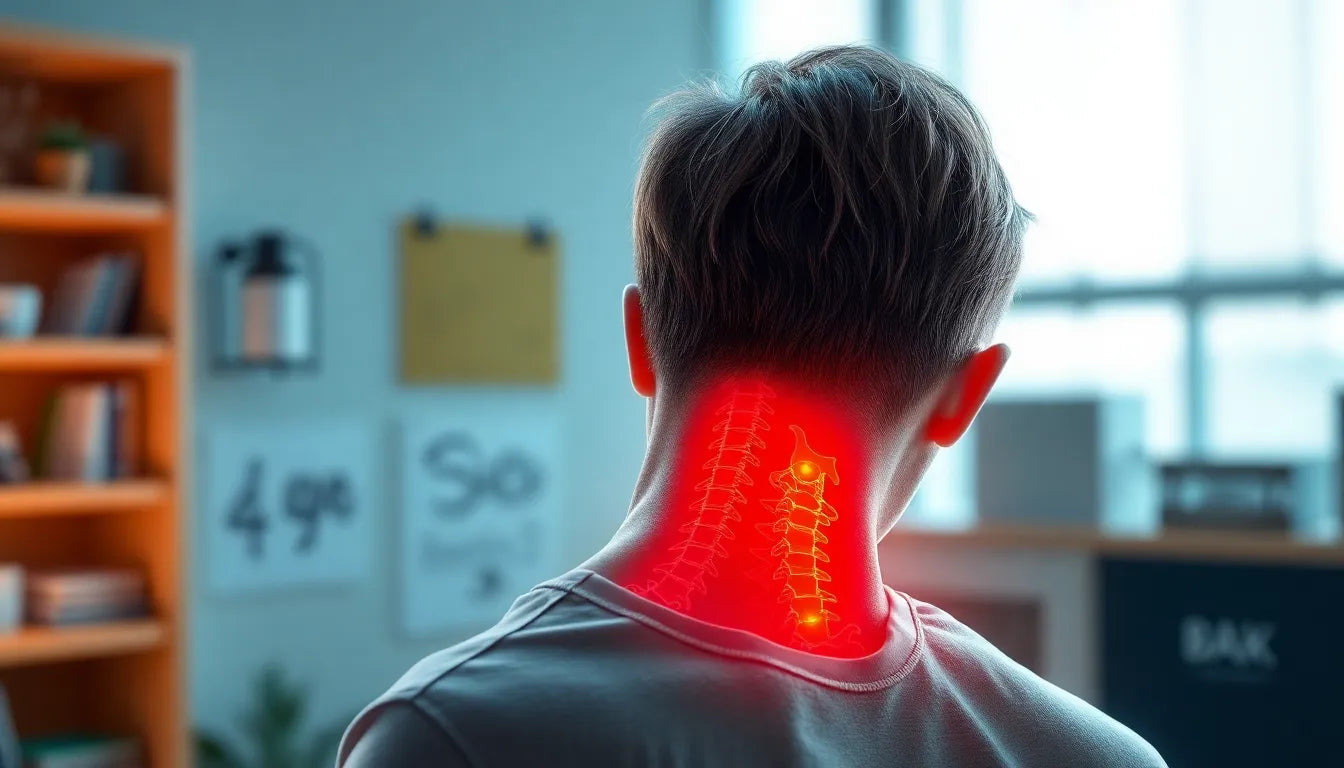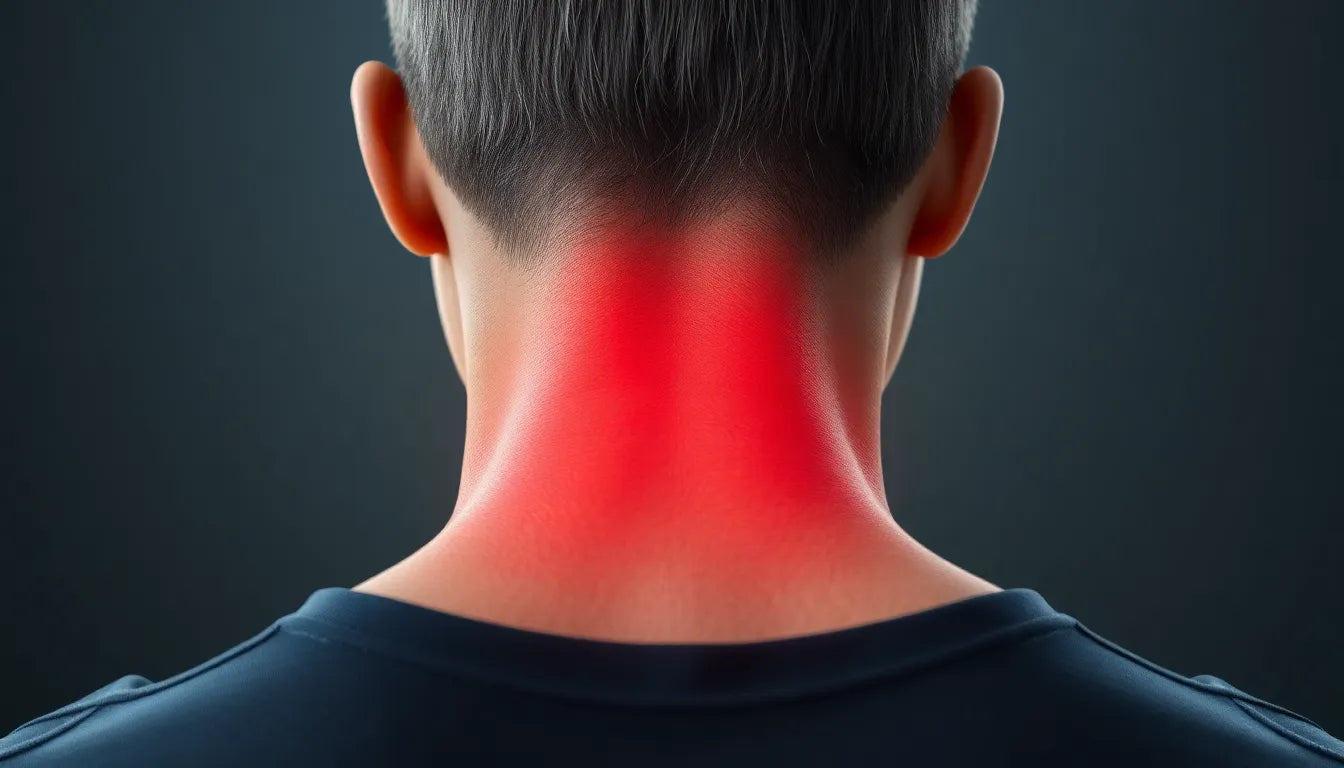Groin pain in women is a common yet often complex issue that can significantly impact daily life. Whether it's a sharp pain that hinders movement or a dull ache that persists throughout the day, groin pain can affect everything from simple tasks to more vigorous activities. The prevalence of groin pain in women highlights the importance of understanding its diverse causes, which can range from sports-related injuries to gynecological conditions. This complexity often makes diagnosing the exact cause challenging, as symptoms can overlap, making it essential to approach each case with a comprehensive understanding.
Understanding the importance of identifying the cause
Identifying the root cause of groin pain is crucial for effective treatment and management. Without a clear diagnosis, treatment may only address symptoms rather than the underlying issue, potentially leading to prolonged discomfort or further complications. The causes of groin pain in women are diverse, including musculoskeletal injuries, gynecological issues such as endometriosis or ovarian cysts, and even degenerative conditions like osteoarthritis. Each of these causes presents with unique symptoms and requires specific approaches to treatment, making it essential to accurately determine the cause to ensure appropriate care.
The aim of this guide
This post aims to provide a comprehensive guide on the causes, symptoms, and treatment options for women experiencing groin pain. By exploring the various potential causes, from sports injuries to gynecological conditions, this guide seeks to offer valuable insights that can help women better understand their symptoms and seek the appropriate medical advice. Whether you're dealing with a recent injury or a chronic condition, understanding the nature of your groin pain is the first step towards finding relief and improving your quality of life.
common causes of groin pain in women
Groin pain in women can arise from a variety of sources, often making it challenging to pinpoint the exact cause without a thorough examination. Understanding these causes can help in identifying the most effective treatment strategies.
gynecological causes
Gynecological issues are a significant contributor to groin pain in women. Conditions such as endometriosis, ovarian cysts, and pregnancy-related changes like pelvic girdle pain are common culprits. Endometriosis occurs when the tissue similar to the lining inside the uterus grows outside it, often leading to severe pain that can radiate to the groin area. Ovarian cysts, fluid-filled sacs on the ovaries, can also cause discomfort and pain in the groin, especially if they rupture or become twisted. During pregnancy, hormonal changes and the growing weight of the baby can lead to pelvic girdle pain, which often manifests as groin pain.
musculoskeletal causes
Musculoskeletal issues are another frequent source of groin pain, particularly in women who are physically active. Muscle strains, tendonitis, and overuse injuries are common, often resulting from sports activities or sudden movements. These injuries typically affect muscles like the hip flexors and adductors, which are crucial for movement and stability. Overuse injuries can develop gradually, leading to chronic pain if not addressed promptly. Proper stretching and strengthening exercises can help alleviate and prevent these types of injuries.
degenerative conditions
Degenerative conditions, such as osteoarthritis, are prevalent in older women and can significantly contribute to groin pain. Osteoarthritis is a degenerative joint disease that causes the cartilage between joints to wear down, leading to pain and stiffness. This condition often affects the hips, and as the hip joint deteriorates, pain can radiate to the groin area. Lifestyle factors, such as weight and activity level, can influence the progression of osteoarthritis, making it essential to adopt a healthy lifestyle to manage symptoms effectively.
symptoms and diagnosis
Recognizing the symptoms and obtaining an accurate diagnosis are crucial steps in addressing groin pain in women. The symptoms can vary widely depending on the underlying cause, but there are common patterns to look out for.
symptom patterns
Typical symptoms include pain that radiates to the inner thigh or abdomen and may worsen with physical activity. Some women experience variations in pain patterns during menstruation, while others may notice increased discomfort during nighttime movements. Understanding these patterns can provide valuable clues to the underlying cause of the pain.
diagnostic challenges
Diagnosing groin pain can be complex due to overlapping symptoms from different conditions. Healthcare providers often use a combination of physical examinations and diagnostic tools like imaging tests to determine the cause. Imaging techniques such as ultrasounds, MRIs, or X-rays can help visualize internal structures and identify abnormalities that may be causing the pain.
key considerations for different age groups
The causes and considerations for groin pain can vary significantly across different age groups, highlighting the importance of tailored approaches to diagnosis and treatment.
younger women
In younger women, sports-related injuries and hormonal influences are common contributors to groin pain. Engaging in high-impact sports or activities without proper conditioning can lead to injuries. Hormonal changes, particularly those associated with the menstrual cycle, can also influence pain levels and patterns.
middle-aged and older women
For middle-aged and older women, degenerative issues become more prevalent. Osteoarthritis and other age-related conditions can lead to chronic groin pain, necessitating lifestyle modifications to manage symptoms. Weight management, regular exercise, and a balanced diet can play crucial roles in minimizing the impact of these degenerative changes.
Understanding the diverse causes of groin pain in women is essential for effective management and treatment. By recognizing symptoms and seeking appropriate medical advice, women can take proactive steps towards alleviating their pain and improving their quality of life.
treatment and management options for groin pain in women
Addressing groin pain in women involves a multifaceted approach that considers the underlying cause, severity, and individual needs. Effective management often combines both conservative treatments and medical interventions.
conservative treatments
For many women, conservative treatment methods can significantly alleviate groin pain. Rest is critical, especially when the pain results from a recent injury or overuse. Applying ice to the affected area can help reduce inflammation and relieve pain. Gentle stretching exercises are beneficial in maintaining flexibility and preventing stiffness, while strengthening exercises can enhance muscle support around the hip and groin, reducing the risk of future injuries. Physiotherapy is often recommended to provide structured rehabilitation and personalized exercise regimens tailored to the specific needs of the individual.

Women's Posture Shirt™ - Black
Patented shirt that improves posture and can relieve back or hip-related pain.
medical interventions
In cases where conservative treatments do not provide sufficient relief, medical interventions may be necessary. This can include medications such as non-steroidal anti-inflammatory drugs (NSAIDs) to manage pain and inflammation. For more severe cases, surgical options might be considered, particularly if the pain is due to conditions like severe endometriosis or large ovarian cysts. It's essential to consult with a healthcare provider to explore the most appropriate treatment options.

Lumbar support belt
Adjustable belt for lower back support, ideal for pain relief and stabilization.
preventive measures
Preventing groin pain involves adopting lifestyle changes that minimize risk factors. Wearing proper footwear that provides adequate support can prevent undue stress on the hips and groin. Adjusting exercise routines to include warm-ups and cooldowns can also reduce the likelihood of injuries. Additionally, maintaining a healthy weight and engaging in regular physical activity can help manage degenerative conditions like osteoarthritis, thereby reducing the risk of groin pain.
visual aids and resources
Utilizing visual aids can be an effective way to better understand and manage groin pain. An infographic that outlines a symptom checklist can be a helpful tool for determining when to seek medical advice. Additionally, guided exercise videos tailored to different causes of groin pain can offer practical guidance for performing exercises correctly and safely.
frequently asked questions
what are the most common causes of groin pain in women?
The most common causes of groin pain in women include gynecological issues such as endometriosis and ovarian cysts, musculoskeletal injuries like muscle strains and tendonitis, and degenerative conditions such as osteoarthritis.
how can I differentiate between a sports injury and a gynecological issue?
Sports injuries often present with pain that worsens with physical activity and may involve swelling or bruising. Gynecological issues may be accompanied by additional symptoms such as menstrual irregularities or pelvic pain. It's advisable to consult a healthcare provider for an accurate diagnosis.
when should I see a doctor for groin pain?
It's important to see a doctor if you experience persistent or severe groin pain, if the pain is accompanied by symptoms like fever or unexplained weight loss, or if there is a noticeable lump or swelling in the groin area.
can ergonomic aids help with groin pain?
Yes, ergonomic aids such as supportive footwear, ergonomic chairs, and cushions can help alleviate stress on the hips and groin, potentially reducing pain and preventing further injury.
Understanding the diverse causes of groin pain in women is essential for effective management and treatment. By recognizing symptoms and seeking appropriate medical advice, women can take proactive steps towards alleviating their pain and improving their quality of life.
Kilder
- RaskRask. (n.d.). "Ondt i lysken." RaskRask.
- EFFX. (n.d.). "Smerter i hoften og lysken." EFFX.
- GodKrop. (n.d.). "Lyskesmerter." GodKrop.
- Hasselager Fysioterapi. (n.d.). "Lyskesmerter." Hasselager Fysioterapi.
- Fysioterapi Østerbro. (n.d.). "Smerter i lysken og hoften." Fysioterapi Østerbro.
- Liiteguard. (n.d.). "Lyskesmerter: Symptomer, forebyggelse og øvelser." Liiteguard.


















